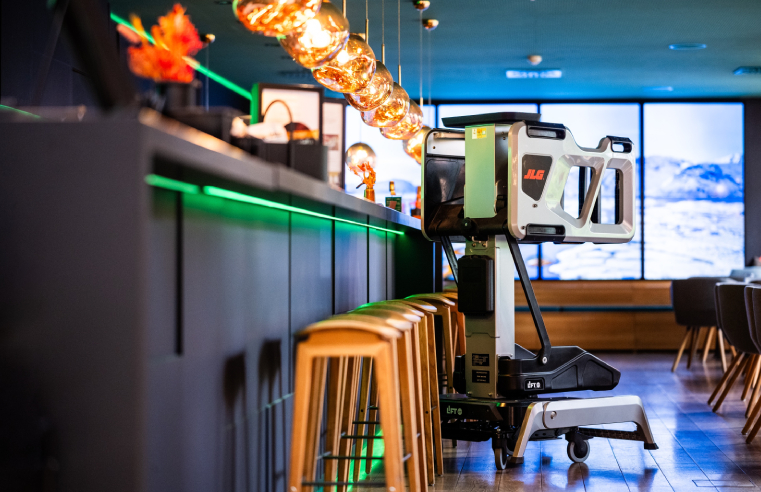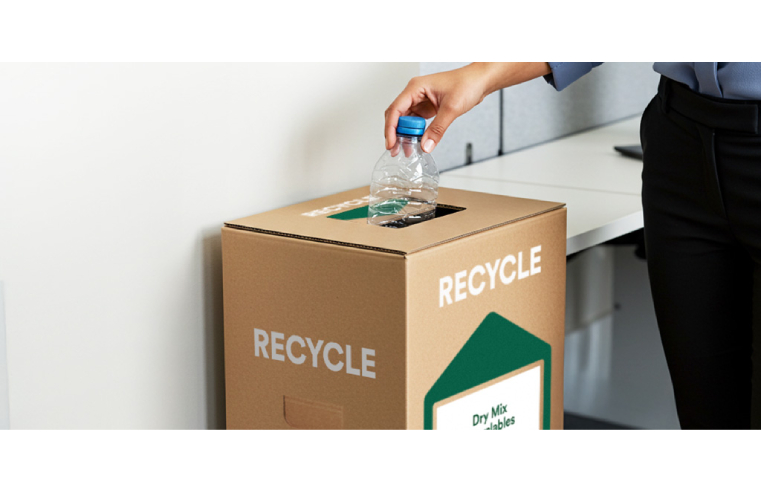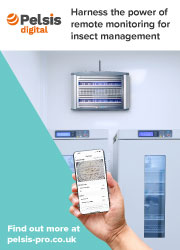Lack of radio coverage inside buildings can severely hamper the ability of fire services to tackle fires, locate occupants or oversee emergency evacuation procedures. Poor communications can lead to increased loss of life and damage to property.
Maintaining voice coverage in tall buildings, tunnels and basement areas is critical for firefighters. But radio signals can be severely reduced or even blocked entirely inside tall buildings due to height and space propagation issues and difficulties in penetrating modern construction materials. A simple and reliable way to overcome this challenge is to deploy an ad hoc repeater such as the digital wireless Hytera E-pack 100.
Based on DMR Tier II technology, the E-pack 100 offers fast and flexible networking for situations that require a temporary communications system based on simplex voice calls. The E-pack functions as a radio to make and receive calls or to create a wireless mobile ad hoc network up to a maximum of 32 repeater nodes - all on one frequency, greatly increasing spectrum efficiency.
An unlimited number of DMR radios can be supported, but as they operate in ‘simplex’ direct mode, only one person can talk at a time. E-pack also supports emergency calls, GPS location services and DMR Tier 2 services such as radio checks and remote stun and revive.
Self-configuring network software ensures each repeater node immediately looks for other repeaters when powered up and automatically ‘buddies up” with them. The E-pack is a self-healing network. If a node moves out of network range or malfunctions, voice calls will automatically route to another node to guarantee link continuity.
The E-pack also features an embedded GSM card slot for backup, so if two meshed networks are separated, they can stay in touch via a public cellular 2G network. The repeater’s display shows the caller’s ID, their location within the tall building using the in-built GPS function, and change of talk groups. It can also support a list of GSM phone numbers, so it can be used to ring a mobile phone if the number is in the pre-listed call list. It can also see alarms triggered by the DMR radios.
The E-pack nodes are light, small and rugged (IP67 and MIL-STD-810G certified for dust and moisture, shock and drop resistance), so they can be deployed in harsh environments like a fire. They can be carried in a backpack, so this provides a highly mobile network to enable fire crews to communicate with each other on different floors inside a tall building and to keep in touch with colleagues outside.
Conversely, if one node is too close to another intelligent software in the E-Pack will turn one of them off to avoid interference. The nodes have a battery life of about 10 hours with a blue light display to show how much battery time is left.
E-packs provide firefighters with reliable, fast deployable, temporary wireless networks inside tall buildings to ensure they can stay in contact with each other at all times.
Hytera E-pack 100s can also be easily installed within tall buildings as there is no need for cabling, thereby greatly saving on infrastructure and installation costs. By installing critical communications equipment, organisations not only address risk, but also provide a solution to manage it.
In the event of loss of normal communications or an emergency evacuation, for example, building safety and fire teams can use the equipment to manage incidents when they occur. By being proactive organisations can also mitigate their insurance risk.
Deploying critical communications equipment like the Hytera E-pack 100 either on a temporary or a permanent basis can minimise disruption, reduce the loss of life and damage to property and potentially lessen the impact of a disaster.




































